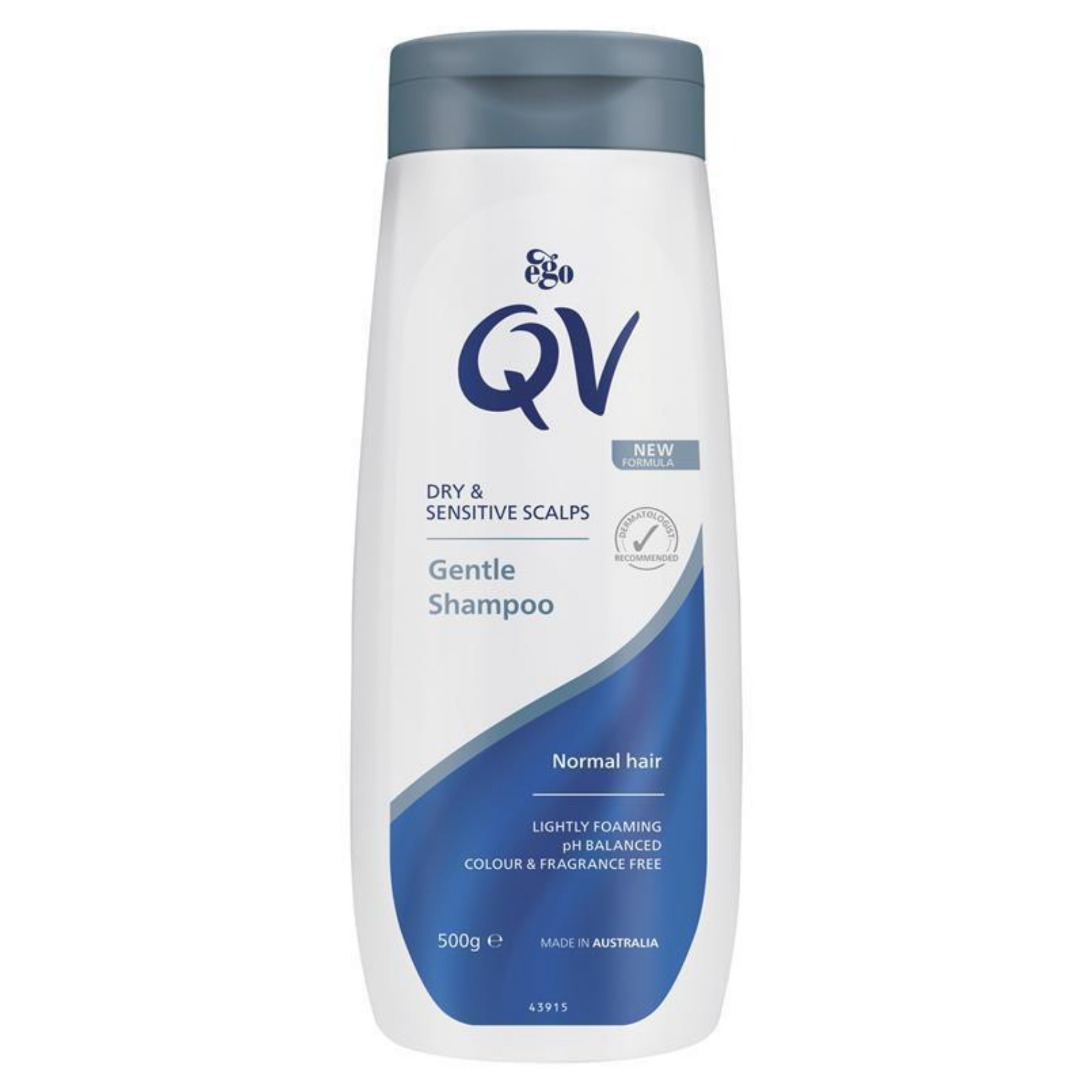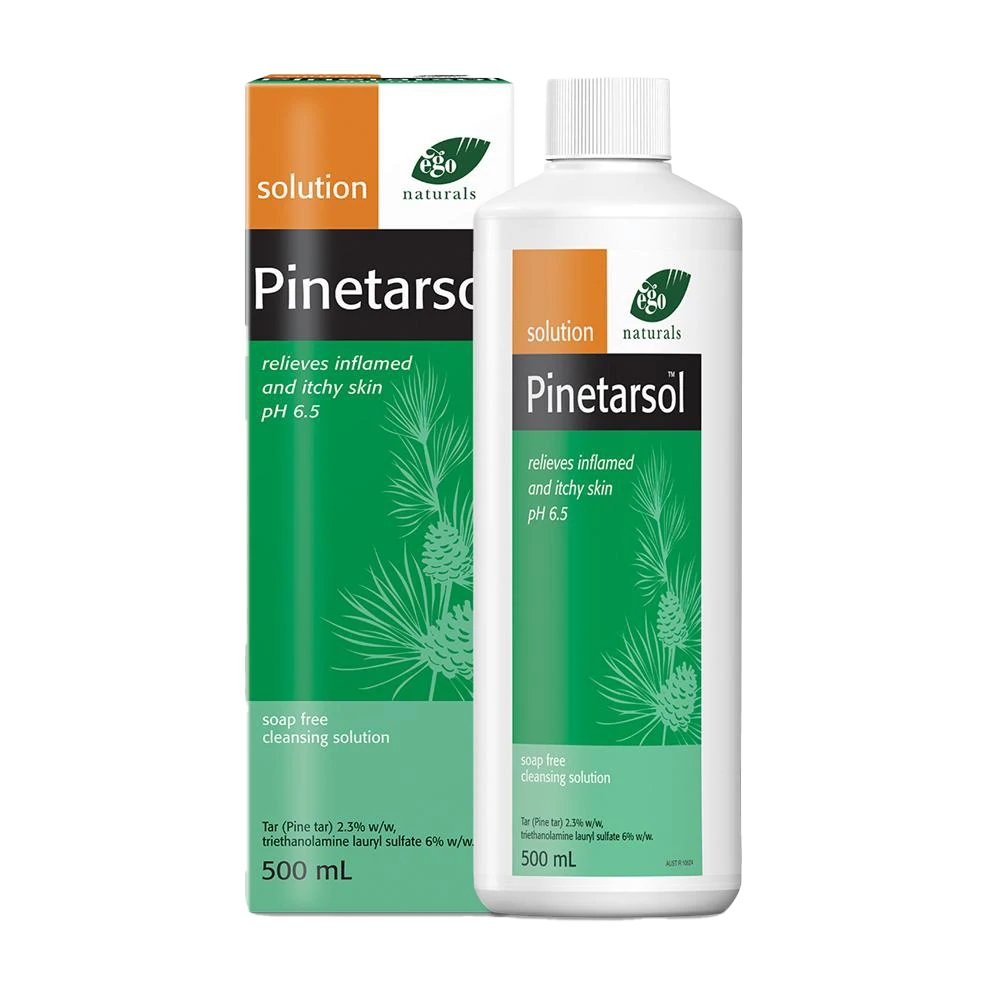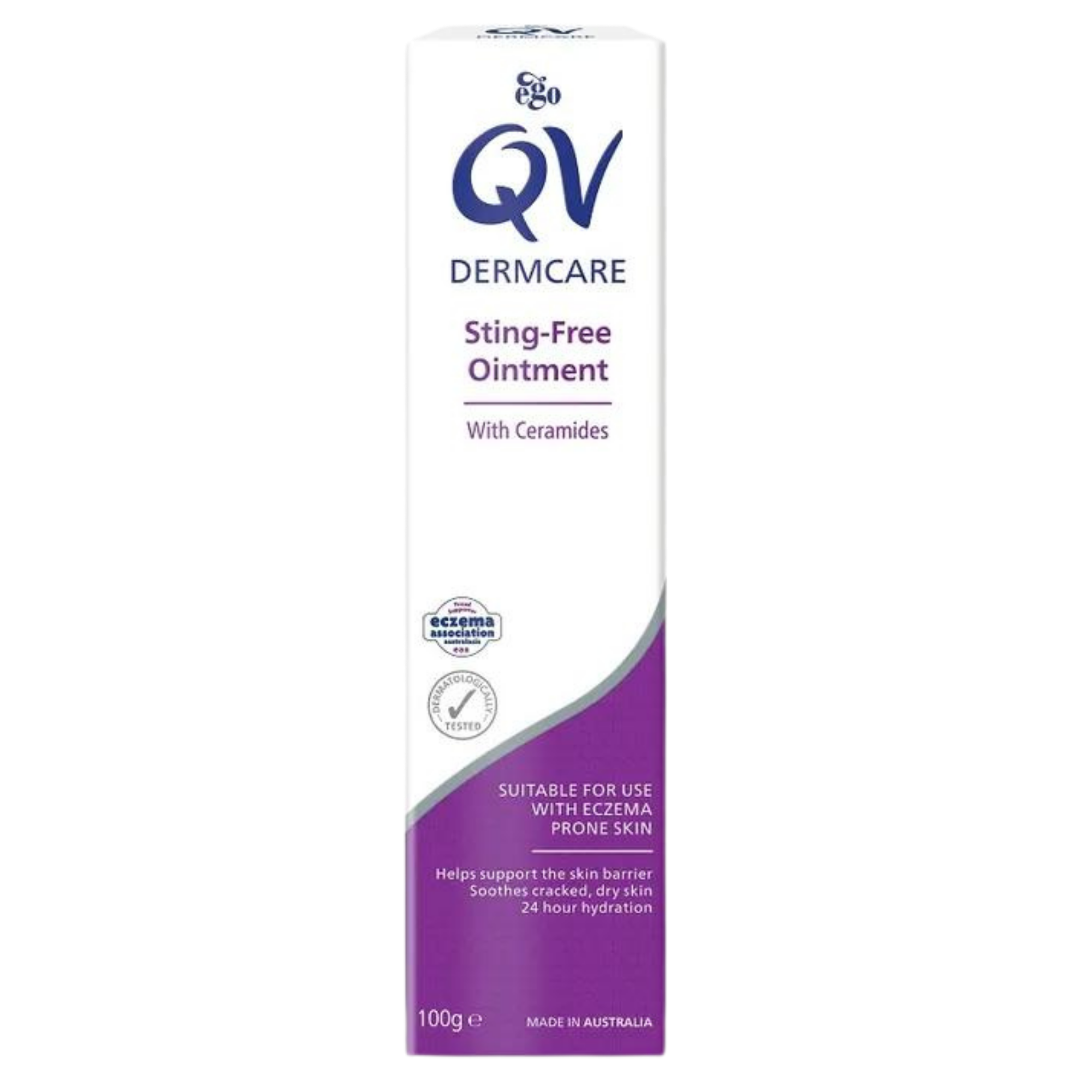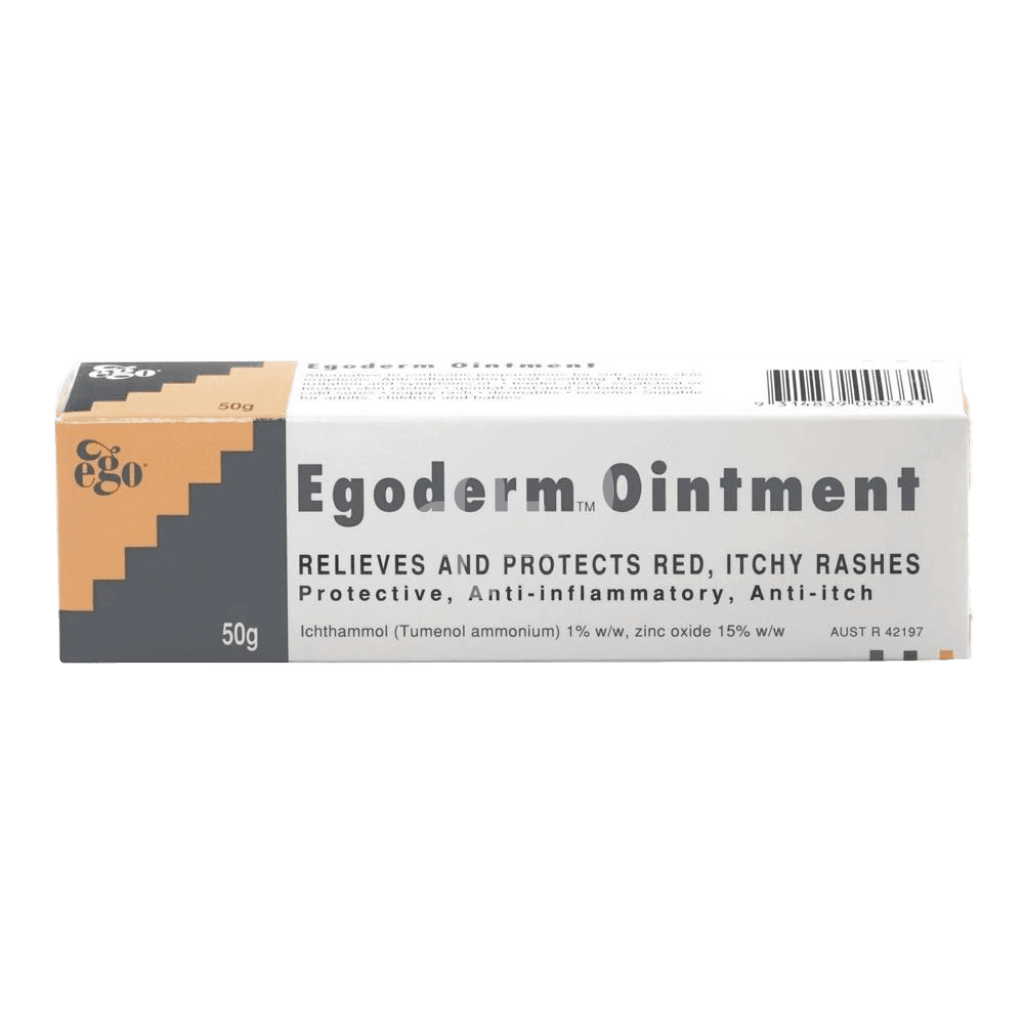Seborrheic Dermatitis in Aged Care: What to Look For

Flaky scalp?
Itchy skin?
Redness that just won’t quit?
If you’re caring for an older adult — whether at home or in an aged care setting — these symptoms might not just be “dry skin.” They could be signs of seborrheic dermatitis: a common, chronic skin condition that affects many seniors but is often mistaken for dandruff or eczema.
And while it’s not dangerous, seborrheic dermatitis can seriously affect comfort, dignity, and quality of life — especially when left untreated.
In this guide, we’ll walk you through what seborrheic dermatitis looks like in older adults, how to tell it apart from other skin conditions, what might be causing it, and how carers can manage it gently and effectively.
What Is Seborrheic Dermatitis?
Seborrheic dermatitis (also spelled seborrhoeic dermatitis) is a chronic inflammatory skin condition that causes redness, itching, and flaky, greasy scales. It tends to appear in areas where the skin is oily — like the scalp, eyebrows, sides of the nose, eyelids, and even the upper chest or back.
In older adults, especially those in aged care, it’s often confused with regular dry skin or simple dandruff. But unlike basic dryness, seborrheic dermatitis can be persistent, uncomfortable, and prone to flare-ups if not managed properly.
So what’s causing it?
According to Healthdirect Australia, seborrheic dermatitis is believed to be linked to a combination of:
- Excess oil production by the skin
- A reaction to a yeast (Malassezia) that naturally lives on the skin
- Changes in the immune system or general health, which is why it’s more common in older adults or those with other health conditions
While the condition isn’t contagious or life-threatening, the visible flakes and red patches can be frustrating and uncomfortable, especially when they affect the scalp, face, or skin folds.
As DermNet NZ explains, seborrheic dermatitis often follows a chronic course — meaning it may come and go over time, with periods of flare-up and remission.
What does treatment look like?
According to the Mayo Clinic, seborrheic dermatitis is manageable with the right skincare routine, including:
- Medicated shampoos (such as those containing tar, salicylic acid, or antifungal agents)
- Mild topical corticosteroids (for short-term relief during flare-ups)
- Gentle cleansing and moisturising routines to reduce build-up and irritation
In aged care, where skin can be more fragile and routines vary, recognising the signs early and tailoring treatment gently is key.
Common Signs to Look Out For in Aged Care
Seborrheic dermatitis can show up differently from person to person — and in aged care, it’s often mistaken for dry skin, eczema, or even just poor hygiene. But recognising the signs early can make a huge difference in comfort and skin health.
Here’s what to watch for when caring for older adults:
1. Flaky, Greasy Patches on the Scalp
Unlike regular dandruff, seborrheic dermatitis flakes tend to be larger, greasy, and often yellowish-white. According to the Mayo Clinic, the scalp is the most commonly affected area — especially near the hairline or behind the ears.
2. Redness and Irritation in Skin Folds
In older adults, you may notice red, shiny, or scaly patches in areas like the eyebrows, nose creases, under the breasts, or in skin folds. As Healthdirect Australia explains, seborrheic dermatitis loves oily, damp areas — so underarms, groin, and behind knees can also be hotspots.
3. Itching or Discomfort
Not everyone will complain, but some residents may express discomfort through scratching, rubbing, or agitation — especially if they live with dementia or communication difficulties. According to the National Eczema Society, the itching tends to be mild to moderate, but still enough to disrupt sleep or cause distress.
4. Crusting or Scaling Around the Nose, Ears, and Eyebrows
Look for thick, white-to-yellowish crusts in the T-zone of the face or inside and around the ears. These areas are commonly affected and may be more visible in aged care residents who rely on others for grooming or skincare.
5. Recurring or Worsening Flare-Ups
Seborrheic dermatitis tends to be chronic, with flare-ups triggered by stress, illness, or weather changes. As outlined in NCBI’s clinical overview, this waxing and waning nature means symptoms may improve for a time, only to return — often more severe.
Quick Note for Carers:
Don’t assume it’s just dry skin. If symptoms persist despite gentle cleansing or worsen with standard moisturisers, it may be time to explore treatment options or speak to a GP or dermatologist.
Treatment Options & Skincare Tips for Aged Care Settings
Managing seborrheic dermatitis in aged care isn’t just about flare-ups — it’s about building gentle routines that keep the skin clean, calm, and comfortable. Because the skin of older adults is often thinner, drier, and more prone to irritation, choosing the right products and techniques matters just as much as the diagnosis itself.
Here’s how you can help soothe symptoms and support healthier skin — all while preserving comfort and dignity.
1. Cleanse Gently, Not Aggressively
According to the American Academy of Dermatology, gentle cleansing is key — but harsh soaps, hot water, or over-scrubbing can make things worse. Use a mild, soap-free cleanser or shampoo, and avoid products with heavy fragrance or drying alcohols.
Try this:

This dermatologically recommended, soap-free shampoo helps cleanse sensitive scalps without stripping natural oils — ideal for daily or frequent use in aged care settings.
2. Use Medicated Products During Flare-Ups
For scaly patches on the scalp, a medicated shampoo can help loosen crusts, reduce inflammation, and control yeast overgrowth. As the Mayo Clinic and VA Whole Health note, ingredients like coal tar, salicylic acid, or pine tar are often used to treat seborrheic dermatitis effectively.
Try this:

Formulated with tar, salicylic acid, and pine tar, Sebitar is a go-to treatment shampoo for controlling scalp scaling and irritation — especially during flare-ups.
For body areas, pine tar baths may also help reduce itching and scaling without over-drying the skin.
Try this:

This soap-free, pH-balanced cleansing solution helps reduce inflammation and calm irritated skin — perfect for use in baths or as a wash for large areas.
3. Keep the Skin Moisturised — Even When It’s Flaky
Seborrheic dermatitis can trick carers into thinking dry flakes mean the skin needs exfoliation. But the real goal is to reduce irritation and lock in moisture, especially after cleansing. According to Dermacare Direct, applying a non-irritating emollient helps restore the skin barrier.
Try this:
QV Dermcare Sting-Free Ointment

This water-repellent, protective balm soothes sensitive skin without stinging — ideal for fragile or broken areas prone to cracking.
4. Soothe Irritated Areas Between Treatments
During non-flare days or for mild patches on the face and body, a gentle barrier cream can calm the skin while protecting it from moisture and friction. The American Family Physician recommends mild corticosteroids sparingly, but often a medicated cream alternative is preferred in aged care.
Try this:

This soothing zinc-based ointment helps calm irritated, weepy, or inflamed skin without the need for steroids. It’s suitable for use on delicate skin and can be part of a daily care routine.
5. Be Consistent — But Flexible
Seborrheic dermatitis in older adults can wax and wane. The AAD and Mayo Clinic both emphasise that regular care helps reduce flare-ups, but you don’t have to stick to medicated products every day. Having a mix of gentle and targeted treatments ensures you're prepared — without overwhelming the skin or the person you're caring for.
Comfort Starts with Understanding
Seborrheic dermatitis might be common in aged care, but that doesn’t mean it should be ignored. From itchy scalps to red patches that just won’t settle, skin conditions like this can have a real impact on comfort, dignity, and daily wellbeing.
The good news? With the right knowledge, gentle care routines, and a few well-chosen products, you can help manage symptoms and make a real difference in someone’s day-to-day comfort — without overcomplicating things.
Whether you’re a carer, nurse, or family member, you don’t have to figure it all out alone.
Need Help Choosing the Right Skincare Products?
Visit us at our Epping showroom for friendly, face-to-face advice from a team that truly understands aged care support.
Platinum Health Supply Group
Unit 2/51 Trafalgar Road, Epping VIC 3076
Monday to Friday, 9 AM – 5 PM
We stock a wide range of skin-friendly cleansers, scalp treatments, barrier ointments, and gentle emollients — so you can feel confident you’re giving the very best care.
Prefer to shop from home? Browse our full range of dermatologist-recommended skincare and aged care essentials online, with fast, Australia-wide delivery.
Because every older adult deserves to feel calm, cared for, and comfortable in their skin.
Important Disclaimer
This blog is intended for informational purposes only and is based on publicly available health resources and best-practice care guidelines.
Platinum Health Supply Group is not a medical provider, clinic, or hospital, and this content is not a substitute for professional medical advice, diagnosis, or treatment.
Seborrheic dermatitis can resemble other skin conditions, and what works for one person may not be suitable for another — especially in aged care settings where health needs can be complex.
Always consult with a GP, dermatologist, or aged care nurse before starting new treatments or introducing skincare products to someone under your care. Platinum Health is not responsible for any adverse outcomes resulting from the use of products or care routines described here without medical guidance.
When in doubt, check with the healthcare team — it's always the safest step.
